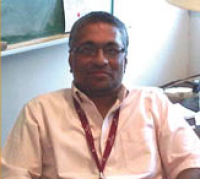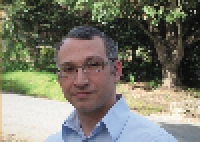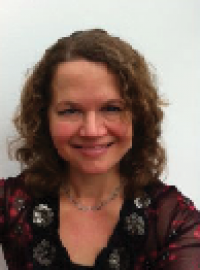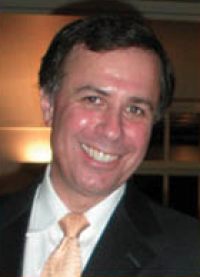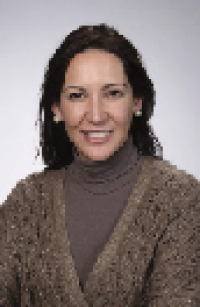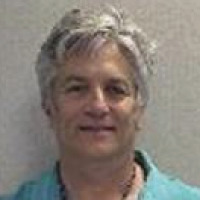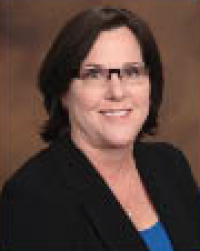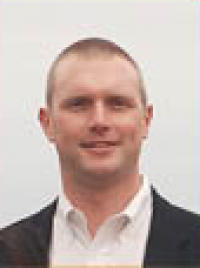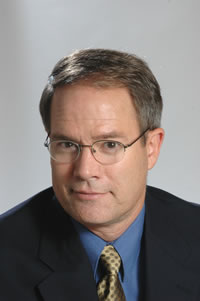
SPEAKER:
DR. BHASKAR SUR
DATE/TIME:
MON, 05/05/2014 – 4:00PM TO 5:00PM
LOCATION:
3105 ETCHEVERRY HALL
Spring 2014 Colloquium Series
Abstract:
Radioactive materials and sources have been used worldwide for the last 100 years – for medical diagnosis and therapy, industrial imaging and process monitoring, consumer applications, materials and biological research, and for generating nuclear energy – among other peaceful purposes. Many of the radioactive materials have been produced, and the associated nuclear science and technology developed, at major research sites such as the Chalk River Laboratories in Ontario, Canada. Sometimes, undocumented radioactive materials associated with production, development or use are found, usually in the context of a legacy setting, and their composition and origin need to be determined in order for these materials to be safely handled and securely dispositioned. The novel application of non-destructive, as well as destructive, nuclear analytical techniques for this purpose, from the suite of tools in Canada’s National Nuclear Forensics in the context of some recent investigations.
About the Speaker:
Dr. Bhaskar Sur graduated with a 5-year integrated M.Sc. in Physics from the Indian Institute of Technology, Kanpur and obtained his Ph.D. in Experimental Nuclear Astrophysics from the Ohio State University, Columbus Ohio. After post-doctoral fellowships at Lawrence Berkeley National Laboratory, Berkeley, California and Queen’s University, Kingston, Ontario, he joined the Atomic Energy of Canada Limited at Chalk River Laboratories, Chalk River Ontario in 1992. As Director of the Nuclear Science Division at Chalk River Laboratories, he oversees R&D in the areas of Applied Physics, Reactor Physics, Nuclear Instrumentation & Control Systems, Radiation Biology and Environmental Technologies. He is the AECL lead for programs in Non-Proliferation & Counter-Terrorism, Tritium & Fusion, and Small Reactors. Dr. Sur is the recipient of the AECL President’s Discovery Award in 2007 and the AECL President’s Distinguished Merit Award in 2013. He has recently been appointed to the Editorial Board of the AECL Nuclear Review, a peer-reviewed open access Canadian Nuclear Science and Technology journal.

